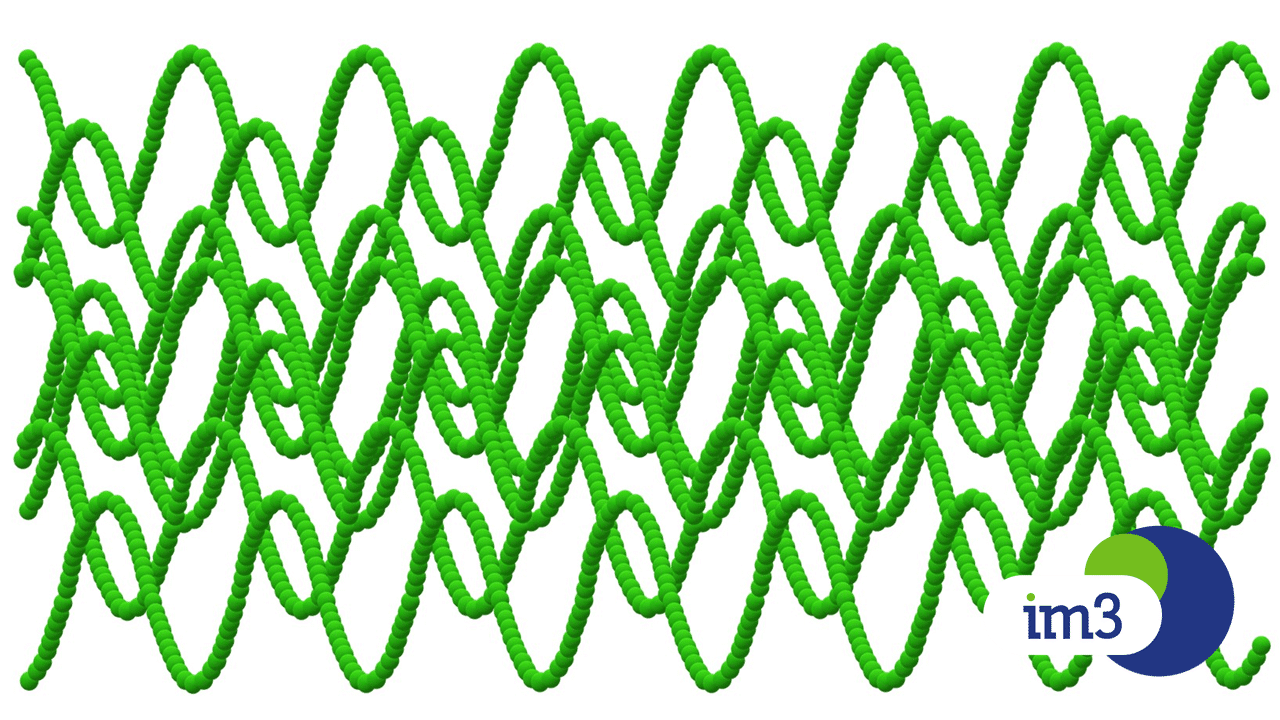22 Feb Anniversary of Hertz
Frequency, photons and electrons
We dedicate the anniversary of the German physicist Heinrich Hertz who proved the existence of electromagnetic waves predicted by Maxwell’s equations, to share some updated reflections on the meaning of Frequency, whose unit of measurement, the cycle per second, the Hertz (Hz) which is equivalent to s-1, bears his name.
We know from experience that half of the scientific/engineering community think in terms of frequencies (repetitions per second), while the other half think in terms of their inverse, period (time required to complete each repetition, T), where f = 1/T, so we will keep this duality f/T in the following paragraphs.
For example, the frequencies f of the power systems is 50 Hz (Europe, Asia, Oceania, Africa, and Chile, Argentina, and Bolivia) and 60 Hz (America, except Chile, Argentina, and Bolivia), which correspond to periods T of 20 ms and 16,666… ms.
In the past XVI STPC (Technical Protection and Control Seminar) in Rio Janeiro on October 24-27, 2022, one of the most provocative presentations by engineer André Luiz Lins Miranda was on “Frequency Estimation in Electrical Power Systems”, systems that are feeling the progressive decrease in inertia due to the incorporation of renewable generation.
Frequency estimation in power systems can be done in several ways, highlighting the zero crossing and phase variation (PMUs) for frequency magnitudes that have several domains, with faster and slower dynamics.
The conclusion of the study recommends decreasing the filtering depth to measure the modes due to the new inertia, and a filtering of faster dynamics so as not to compromise the protection and monitoring processes.
And within the world of elementary particles, we jump from particles of matter where electrons are classified as leptons, to particles that carry fields (bosons, whose spin quantum number is an integer: 0, 1, 2,… ) where we find our next guest: the photon.
The photon is a massless particle that mediates electromagnetic interaction (photons carry all forms of electromagnetic radiation) whose energy is given by its frequency (colour) according to the formula E=hf. If we move through the electromagnetic spectrum, the more frequency f (less period T and less wavelength λ = c/f = cT), the more energy the photon has.
It is the convergence between photonics (using photons to transmit information from one side to the other) and electronics (processing information by moving electrons through semiconductor chips) where the future of information technologies lies, with the frequency f being a fundamental property in interactions of both particles.


